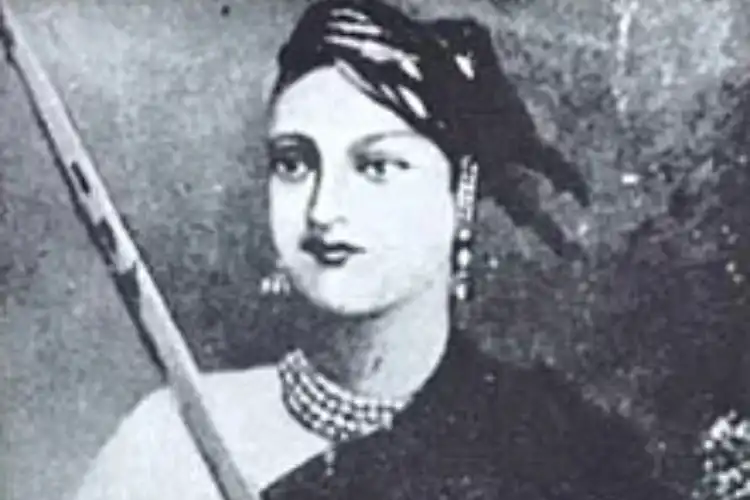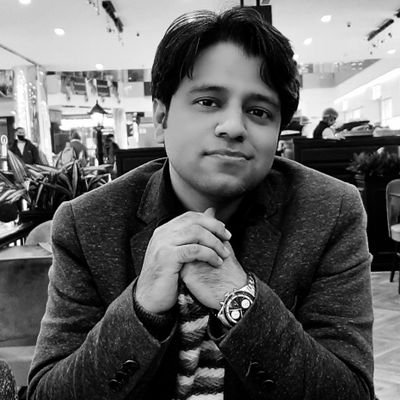
 Saquib Salim
Saquib Salim
At the very outset, I apologise to our freedom fighters for highlighting the role of Muslims among them. They would have never wanted themselves to be identified as Hindus, Muslims, or Sikhs. Hopefully, they would understand that under the attack of divisive propaganda I intend to bring out a united struggle against the British.
Colonial historians and educationists did not leave any stone unturned in dividing Indians based on religion and caste. Yet, no matter how many collaborators they had bought and manipulated our history Indians remain united. The first war of national independence of 1857 is a shining example of national unity. It was the Hindu-Muslim unity during the revolt of 1857 which led the British in implementing a divide-and-rule policy in every sphere of governance and policy-making.
A Slice Of History
No wonder, our books are still following the pattern. Rani of Jhansi Lakshmibai was one of the brightest stars in the constellation of the Indian freedom fighters. English forces were the most frightened of her because she brought Hindus, Muslims, lower castes, upper castes, men, and women under one flag to fight against foreign rulers.
Not many people know that on 6 June 1857, Rani of Jhansi sent a Muslim Maulana to announce the war against the British from a mosque with prayer calls. In his history of 1857, Colonel Malleson wrote, “The afternoon of the 6th, then, the Rani, escorted by her new levies came from her palace, and went in procession towards the cantonment. As she issued from the town, a Mulla (a Muslim scholar) called all the true believers to prayers. This was the signal. The cavalry and infantry at once rose in revolt. They met Captain Dunlop, as already stated, on his return from the post office, shot him dead, and with him another officer, Ensign Taylor.”
On 21 August 1857, the deputy collector wrote that the Indian sepoys of 12th and 14th Irregular cavalries were concocted into mutiny by “bigoted Mussulmans of Delhi, who were considered the ring leaders” through weeks of ‘nocturnal meetings’ at the cantonment. The official inquiry setup by the British government named Bakhshish Ali, a jailer, as the leader who initiated mutiny among sepoys in Jhansi. The reports read, “Buxish Ali (Bakhshish Ali), the Jail Darogah, was the principal leader; he was concerned in the murder of the Officers”. The report also mentioned, “Buxish Ali publicly boasted (that he had killed the “Bura (Bara) Sahib'’ (Captain Skene) with one cut.” As a medal of his patriotic services an award of Rs. 2000 was announced to provide the whereabouts of Bakhshish Ali, equal amount was declared to capture Mama Sahib (father of Rani).
Other important leaders and associates of Rani were tehseeldar, Ahmad Husain, risaldar, Kaley Khan, and doctor Saleh Mohammad, they played an instrumental role in bringing about the surrender of British officers. They were accused of killing British officer and were punished. Deputy Commissioner in his report on Jhansi wrote, “Rani of Jhansi, the Tehsildar of the same place (Ahmad Husain), and Kaley Khan Risaldar of the 14th Irregular Cavalry, as the instigators and ring leaders of the cruel massacre at Jhansi” should be punished after the war was over.
If they were the loyalists of Rani before the war, Muslim revolutionaries also poured in from across the country to help defeat the British. An intelligence report from February 1858, read, “Vilayatis (Afghan Pathans), Mevatis and other Mahomedans (Muslims) that escaped from Raatghur came in here” another report said, “She has kept Nawab Adil Khan and Feeroz Shah of Mundisore in her service.” After the fall of the fort of Jhansi, the Superintendent wrote to W. Muir, “the Fort was taken possession of and an attack made on parties of rebels, mostly Rohillas, who had taken up a position outside the wall”
Major General Hugh Rose also pointed out that the close bodyguards of Rani were mostly Muslim fighters. He wrote, “the Ranee, accompanied by 300 Vilaities (Vilayatis) and 25 sowars fled that night from the fort”. About the war in Jhansi, Rose further wrote, “The Rebels, who were chiefly Vilaities (Vilayatis) and Pathans, generally sold their lives as dearly as they could, fighting to the last with their usual dexterity and firmness.”
The artillery, or cannon guns, were chiefly operated by a group led by Ghaus Mohammad Khan. The British were amazed at the great artillery work by Rani’s army. Hugh Rose wrote, “The Chief of the Rebel Artillery was a first-rate Artillery man; he had under him two Companies of Golundauze. How the Rebels served their guns, repaired their defenses, and reopened fire from Batteries and guns repeatedly shut up, was remarkable. From some Batteries, they returned shot for shot. The women were seen working in the Batteries and carrying ammunition: The garden Battery was fought under the black flag of the Fakeers.”
Interestingly the women and faqirs (Muslim Sufis) were an important part of the artillery force at Jhansi. Rose wrote, “women were seen hurrying along with ammunition and even assisting in working the Batteries, faqueers (faqirs) and fanatics exhorting the combatants to behave like men and taking part themselves in the fight. One Battery was indeed entirely served by faqueers who fought as their custom is under a black flag.”
Rani and her revolution had an important Muslim woman Moondar. She was a close aide and assisted her during battles. Robert Hamilton, agent of Governor-General to Central India, informed the British government on 30 October 1858, “Rani was riding a horse. Another Muslim woman was riding with her, who used to be her servant as well as a companion for many years. Both fell from the horse with the bullet wounds simultaneously.” Another British officer John Venables Sturt claimed that the body recovered by the British was not of Rani's but Moondar’s.
ALSO READ: Kashmir’s last craftsman helps revive dying art of glazed tiles
Our politicians before dividing the communities should know about the vision these nation-builders had.
